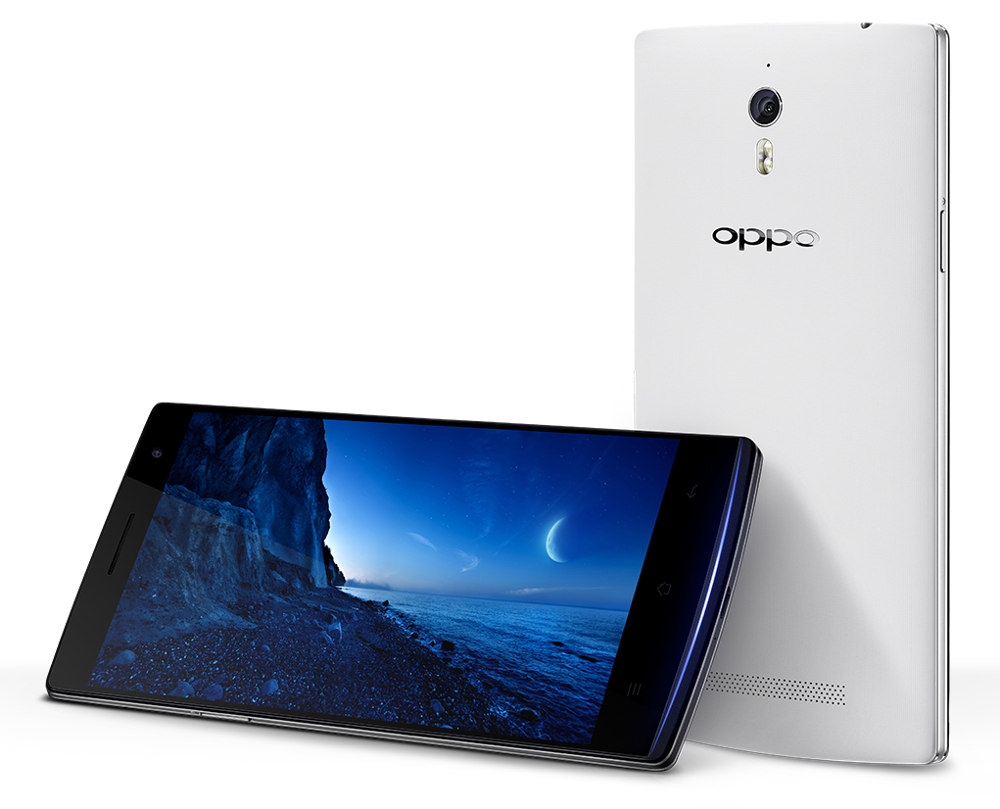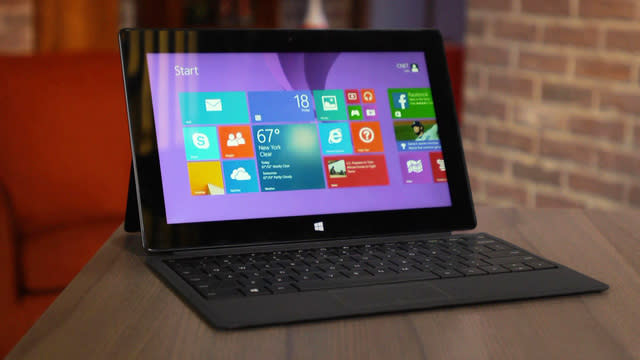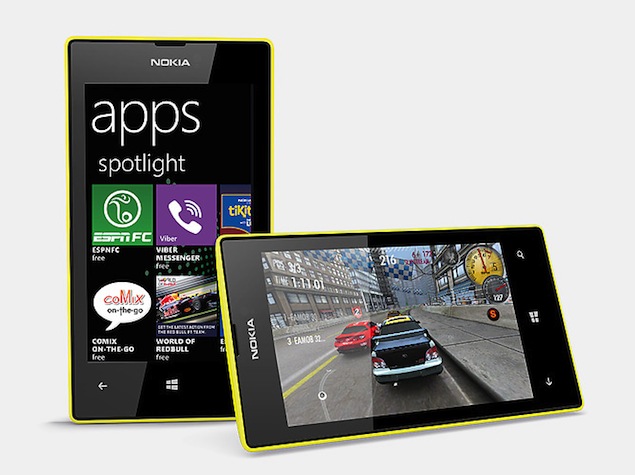I've spent a while with the Galaxy Gear, and lived with the product. Below is a review of the best and worst of the first Samsung smartwatch.
Appearance
When
early forms of technology are released, it’s always fun to look back in
hindsight at the cumbersome, and clumsy look of it. The first camera phone for
example – it attached to the bottom of the phone and had to be carried in a
separate bag. I thought it would be the same for the Gear, that fitting such
technology into a sleek watch was going to be impossible, but Samsung have done
a good job on it.
 |
| The Samsung Galaxy Gear smartwatch - actually quite a masterpiece |
The Galaxy Gear is made from a rubber strap, and stainless steel casing
for a 1.63” AMOLED
screen. It’s sleek, and doesn’t protrude extensively from the wrist. The
materials are solid and certainly don’t feel cheap (even the rubber wristband).
Granted, there’s always concerned about scratching
the screen, but the opportunity for that to happen has arisen several times and
the watch has stayed firm.
 |
| The Galaxy Gear doesn't extensively protrude from the wrist |
Aesthetically,
there is no problem for men, but there might be an issue with size for women.
The Gear has attracted positive attention from onlookers and all of which
wouldn’t mind strapping it to their wrists. I’ve been wearing the Gear for about a month now and haven’t been frustrated by its size or design, which is a great
compliment to the job Samsung have done on it.
Functionality
Setting
up the Gear is a fairly cumbersome process for the moment. The Gear Manager app
is only available in the Samsung App Store, and when downloaded and linked via
Bluetooth, the user needs to go onto Samsung Apps via the Gear Manager app to
download the apps desired. However, after this set-up, the Galaxy Gear and Note
3 synced beautifully and flawlessly. This was one of the most impressive
features for me. Phone calls, notifications, photo transfer, are all immediate
and easy to use. The range is a standard Bluetooth v4.0, with a distance of a
good 10-15 metres.
The
Galaxy Gear boasts an impressive engine for a smartwatch, with an 800mhz
processor, supported by 512 MB of RAM and a 4GB internal memory. I’ve used the
Gear for over a week and haven’t experienced a split-second of lag which is
hugely impressive. Lifting your wrist to look at your watch turns on the clock
face (which flicks on after a split-second), or there is a power button on the
slide of the screen.
The
battery supports two days of regular use which doesn’t sound great, but when
you consider that a watch is usually removed overnight, the user might as well
put it on charge, right? Therefore, I didn’t find the charging issue especially
problematic. It’s an easy set-up for charging where the Gear fits into a small
hold, which then plugs into a micro-USB to charge. One thing to note however,
is that when the battery does die, it renders the whole product utterly
useless. A power-saving mode that only allows the watch feature, would be a
move in the correct direction.
Features
The
Galaxy Gear has been packed full of features, but there are a few to highlight:
- Call
rejection: If your phone is ringing then you can glance at the caller ID on the
Galaxy Gear and decide whether to swipe to accept/decline the call. If you
swipe to decline, then you’re presented with an series of choices for an auto-response
text to the caller. For example, ‘Just in a meeting, will call you after’. These
template responses can be customised.
- Safety assistance: This is one of those features that hasn’t
been shouted about because it’s not particularly glamorous, but in case of an emergency,
the user can press the power button 3 times to send their location information to
their saved contacts with message.
- S Voice: Samsung’s answer to Siri is very accurate on
the Galaxy Gear, and it needs to be given that there isn’t a keyboard to use.
There are plenty of functions to the voice commands, including opening apps,
responding to messages and calling contacts. When away from too much background
noise, this is particularly effective, and for once, actually quite useful.
- Find My Phone: Another simple but brilliant app
is Find My Phone. Just a couple of taps on your smartwatch sets your phone
ringing - even if it's on silent. For those that often can't find their phone
around the house, this is very useful.
On top of
these, the contacts app works well, dragging over
all contacts from the Note 3, onto the smartwatch allowing for quick calls. If
you want to dial, then this can be done on a rather fiddly keypad brought onto
the screen by swiping upwards from the clockface. S Voice instructions work
well to dicatate a call recipient as well, as long as there is limited
background noise.
On
a media and entertainment front, the gallery is simple, but effective and
displays both images and video. To transfer these to your phone takes a second
to tap a button in the top right and selecting ‘Transfer’. Before you’ve looked
at your phone, it will be there. Another nice addition is the Media Controller
that allows users to control the music volume on their phone, and switch
between tracks.
 |
| Music and entertainment controlling |
Finally, the watch has a pedometer tucked away that tracks steps taken,
distance moved and calories burnt. It’s a nice addition, and appears to be
accurate.
Apps
Without
doubt, the Galaxy Gear will live or die based on the apps that are modified for
the device, and ones created specifically for it. Currently, there are less
that 30 apps available on the Samsung Galaxy Gear store, and quite plainly
these are not enough. The key areas are covered, but not particularly well.
There are unofficial Twitter and Facebook apps, as there is with Foursquare,
but none of these are great. The syncing takes too long and they don't retain
offline data, which renders the apps fairly obsolete. Not only that, official
notifications from Facebook, Twitter and Gmail offer a button to ‘View on your
device’ which is frankly a little pointless. These are sure to be developed
further, and if upgraded correctly, would significantly enhance the experience
of the Galaxy Gear.
Whilst the social networks aren't yet to be well represented, there are some positives with the apps:
- Pocket:
One of my favourite apps has gone up another notch in my reckoning by adapting
their service to smartwatch. Before you ask - no you don't walk around reading
articles on your watch, instead, articles are read to you on hands-free or out
loud. It's not perfect as the voice is too robotic and articles don't always
read that smoothly, but it's an intriguing development and one that makes sense
for the smartwatch.
- Snapchat:
If ever a device was ready-made for Snapchat, it’s the Galaxy Gear. Okay, you
can’t draw on the images, but the essence of what is brilliant about the
platform is retained.
- The
clock faces: There are a range of different watch faces for the Galaxy Gear,
and weirdly, this is a great addition. It has become ‘thing’ for me to change
the clock face every couple of days.
Camera
A simple downwards swipe from the clock face brings up the camera, and after touching the screen to take the picture, a swipe to the left brings up the gallery. However, this is where looking at a spec is simply not enough. When I saw a 1.9mp camera, I
thought back to the old days where I was taking very blurry images on my Sony
Ericsson T630i. However, the Galaxy Gear camera was one of the most gobsmacking
features on the Galaxy Gear. The pixel density is enough, but the most
impressive part of the camera is the image stabilisation. I’ve taken over 50
photos on the Galaxy Gear and only when I’ve done my best to blur the image has
it struggled, otherwise, it has been superb. I did have problems with when
overexposed to light, as glare interfered with the photo but this was a minor
issue.
 |
| The lens for a near-2mp camera |
In an age where we’ve got Nokia’s Pureview
42mp camera, the Gear brings us back to the reality that snapping photos for
sharing on social media (essentially most of what we do) doesn’t require that
pixel density. I’m not saying the camera is perfect; it certainly isn’t
flawless, but I’ve taken some photos of impressive quality on it, which is more
than I expected to be honest. When taking the Gear out golfing, I came up with
the following images. Quite impressive, eh.:
Overview
Overall,
I’ve been extremely impressed with the technology behind the Galaxy Gear.
Looking away from the purpose it has in everyday life (find out what it has
been like to live with the Galaxy Gear, here)
this is a strong showing from Samsung. The best part of the Galaxy Gear is that
it’s only going to get better. Once the app store has been developed, the
smartwatch will become instantly more integrated in the lives of the owners,
and in turn more appealing to those purchasing.
The
Galaxy Gear has just been made compatible with a host of Samsung devices; Note
3, S4, S3, Note 2 and the Note 10.1, the S4 Mini, S4
Active, Mega 5.8/6.3 and the S4 Zoom. These will
become available through an Android 4.3 update. Whilst this will be a blow to
those who fancy giving the Galaxy Gear a go, but have a different Android
handset, there are plans in the pipeline to open it out to other manufacturers.
If you’re interested in purchasing the Galaxy
Gear and Note 3, head over here.
 For the first time in several years, smartphones stepped back from the frontline at CES and that's no surprise. Sure, many manufacturers are looking to MWC for smartphone announcements, but over the last two years, we've seen less and less revolutionary changes in smartphones, and more performance tweaks.
For the first time in several years, smartphones stepped back from the frontline at CES and that's no surprise. Sure, many manufacturers are looking to MWC for smartphone announcements, but over the last two years, we've seen less and less revolutionary changes in smartphones, and more performance tweaks. For the first time in several years, smartphones stepped back from the frontline at CES and that's no surprise. Sure, many manufacturers are looking to MWC for smartphone announcements, but over the last two years, we've seen less and less revolutionary changes in smartphones, and more performance tweaks.
For the first time in several years, smartphones stepped back from the frontline at CES and that's no surprise. Sure, many manufacturers are looking to MWC for smartphone announcements, but over the last two years, we've seen less and less revolutionary changes in smartphones, and more performance tweaks.



 At the beginning of MWC, Microsoft announced that LG, Huawei, Lenovo (who have recently bought Motorola) and ZTE were to become partners of Windows Phone. This is a strong move from Microsoft - and a showing of Windows 8 intent from some big name manufacturers. Possibly the biggest signing for Microsoft will be Huawei, who will be looking for a strong 2014 - and that may be where Microsoft will be most pleased. With Nokia showing a bit of love for Android, Microsoft needed to make sure that attention didn't stray far from Windows 8.
At the beginning of MWC, Microsoft announced that LG, Huawei, Lenovo (who have recently bought Motorola) and ZTE were to become partners of Windows Phone. This is a strong move from Microsoft - and a showing of Windows 8 intent from some big name manufacturers. Possibly the biggest signing for Microsoft will be Huawei, who will be looking for a strong 2014 - and that may be where Microsoft will be most pleased. With Nokia showing a bit of love for Android, Microsoft needed to make sure that attention didn't stray far from Windows 8.

















